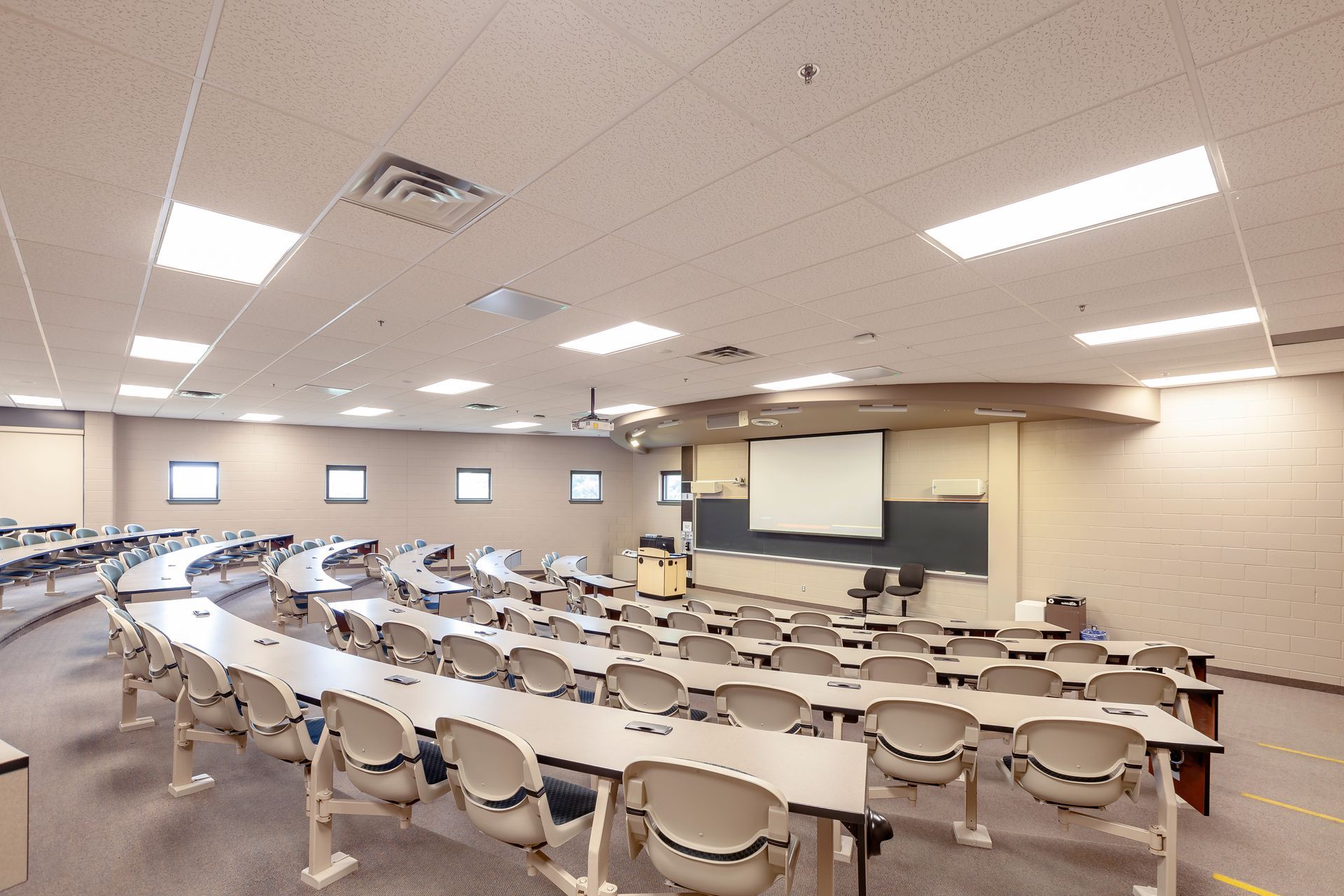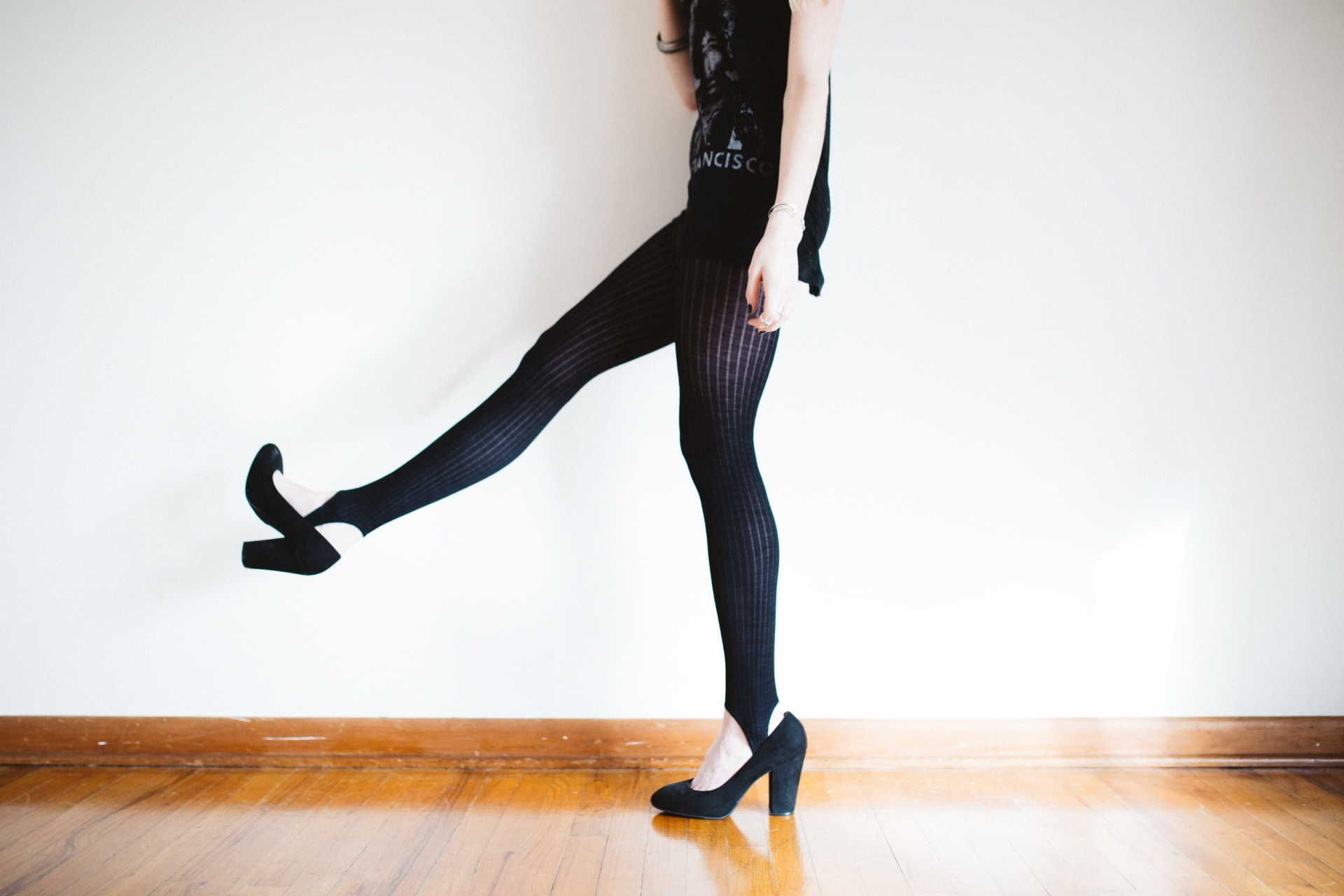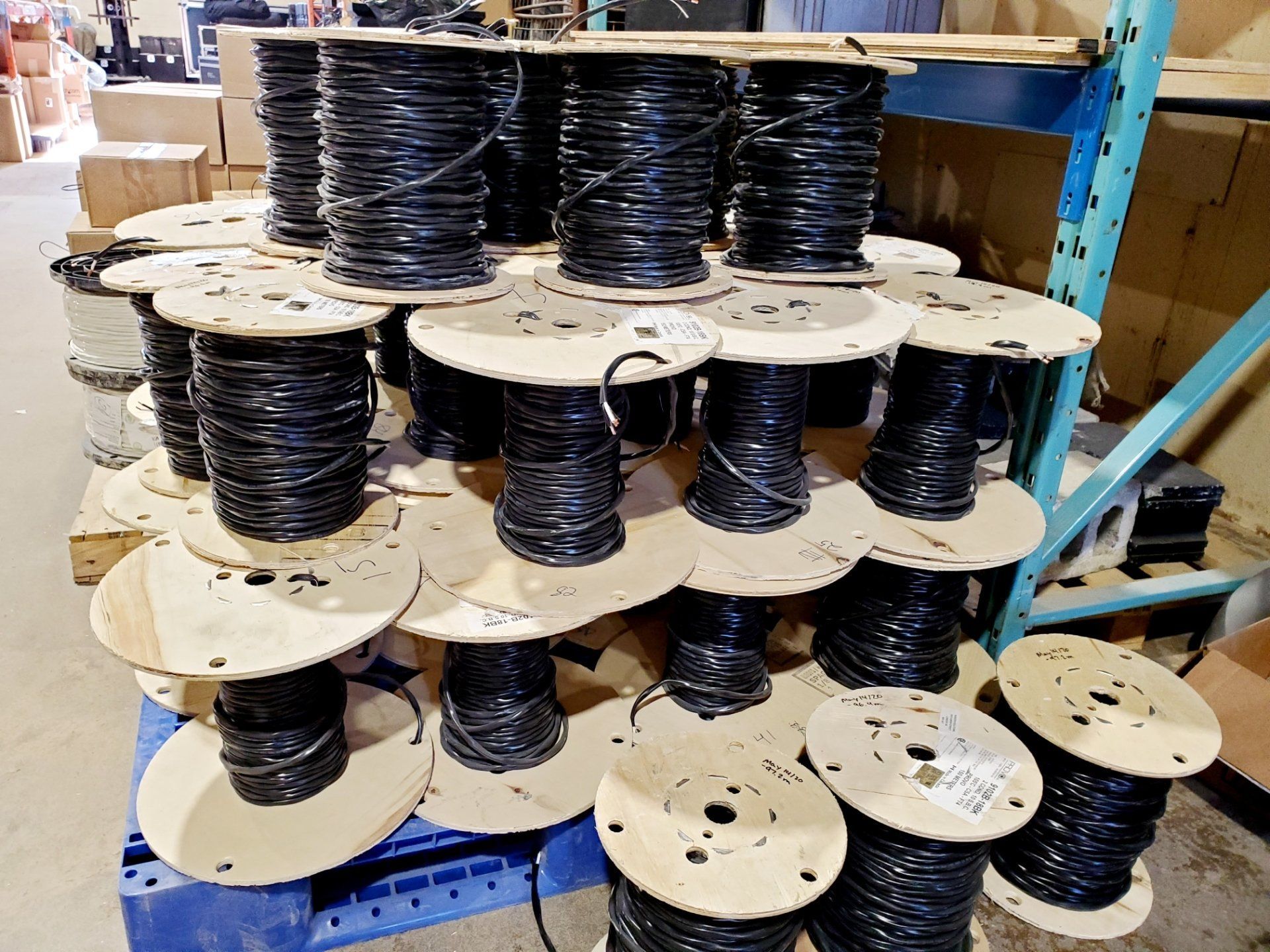Science Fiction in the Meeting Space
Redefining the microphone for the meeting space
Captain Kirk had his handheld communicator. Captain Picard wore his communicator on his chest. But neither captain could call back to the ship without having a mic close at hand. The ability to be clearly heard on a call or video conference without a mic being close to the "talker" has been far fetched sci-fi for years. But not now.
With a building requirement for video conferencing and the quest to remove all cables and distractions from the meeting space, microphone manufacturers have been applying science and engineering to meet sci-fi requirements. A handful of innovators like Shure have developed mics that don't look like traditional mics or act like traditional mics.
These microphones are hidden, looking like ceiling tiles or mounted on the wall looking almost like sound bars under a TV (they're not sound bars!) But everything we know about microphone technology would suggest that having a mic far away from the source is a recipe for disaster.
Mounting a microphone far away from any source raises all kinds of issues.
If you mount a "normal" mic, dynamic or condenser, at a distance from the source you need to turn up the mic to get a good volume input. But the byproduct is an increased noise floor. This means you'll hear other people in the room, the air conditioner, the fan on the projector, rustling of paper, and countless other distractions. This can sound like low frequency rumble, a background hiss and often increased echo.
Sure, you can try to EQ out this frequency and that frequency and maybe throw in a piece of gear or two to try to control the issues but often the resulting sound is thin and it doesn't sound right. We've all been on phone calls with people on speaker phone and it sounds terrible. Like they're stuck in that tube TV Buck Rogers premiered on in the 70's.
If only we could steer the microphone directly to a person, ignoring all the other sound in the room.
And then, have it point at another person when they speak.
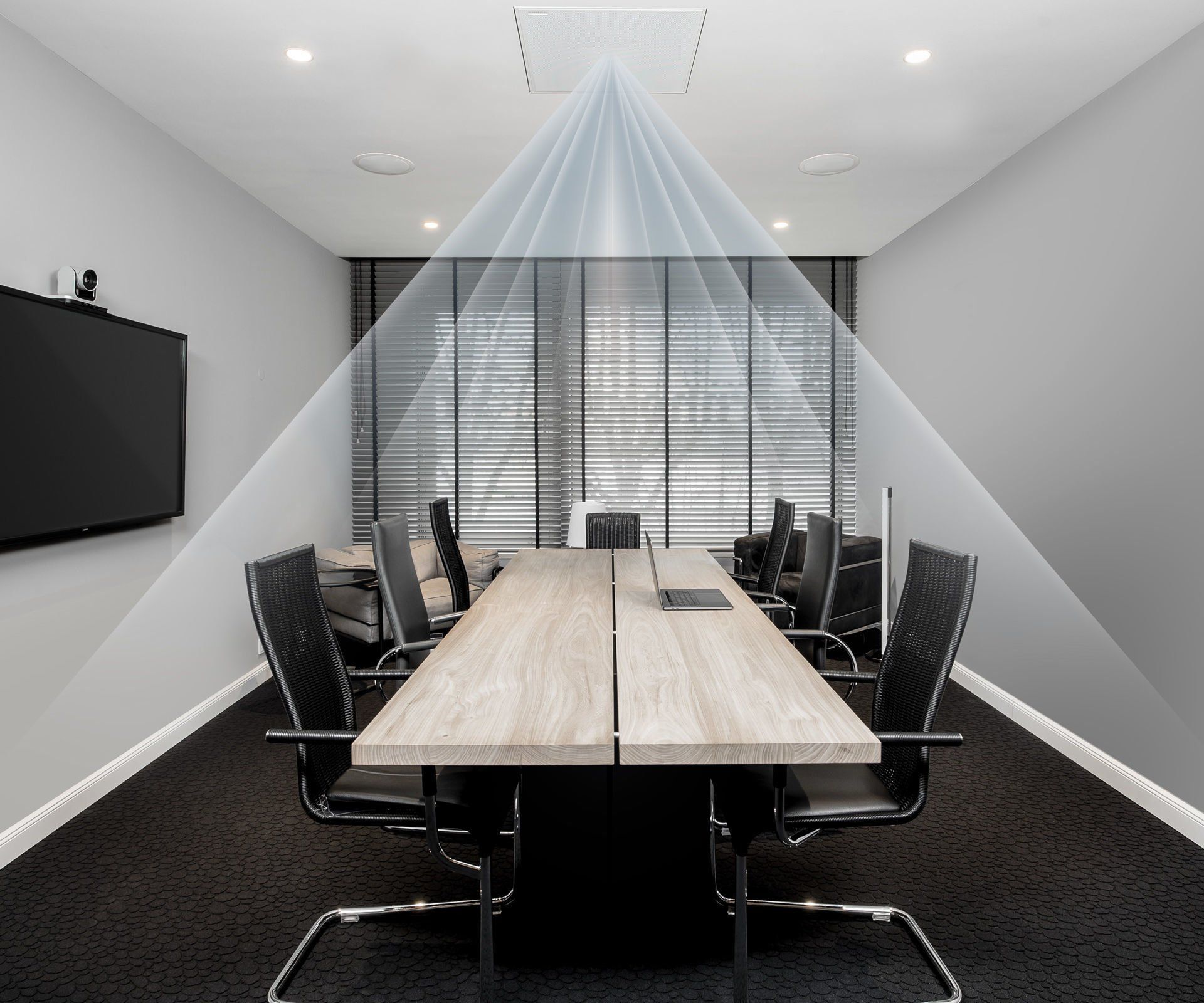
The MXA910 from Shure allows for one 2'x2' microphone array to cover a room with up to eight programmable, distinct areas of coverage. Through internal processing the microphone sends a Dante or AES67 signal to your video conferencing or teleconferencing system.
The MXA310 works as a simpler desktop model with predetermined coverage patterns and the new MXA710 can be wall mounted or suspended above an area with flexible coverage patterns for different room applications.
These mics cancel out the background noise and reflections allowing for only the intended sounds to be picked up. There's a lot of technology behind the scenes but the simplicity of operation is the true genius.
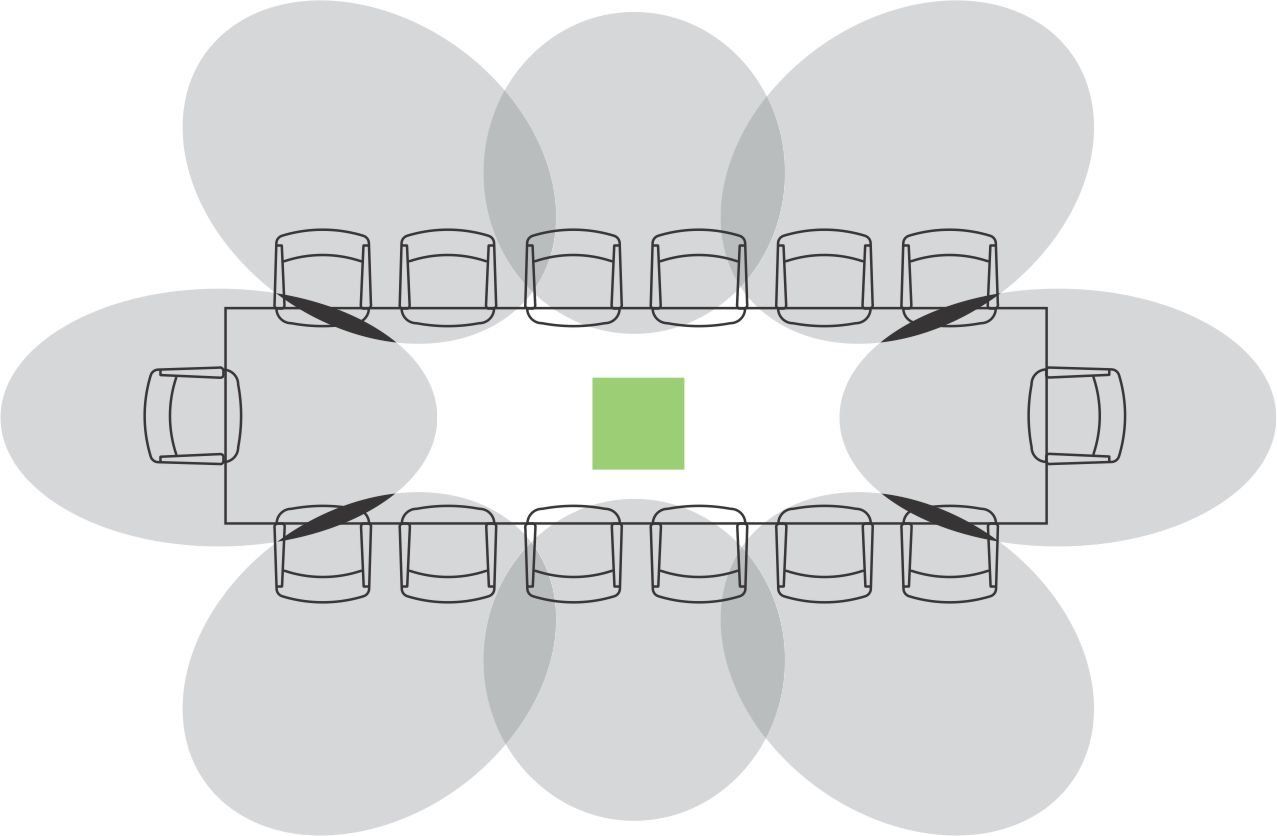
Today, when it comes to microphones 'science fiction' is now 'science fact'.
For a demonstration on how Shure's MX Advance series of steerable microphones may work for your meeting space or teaching environment contact Horizon Solutions sales.
sales@horizonsolutions.net
